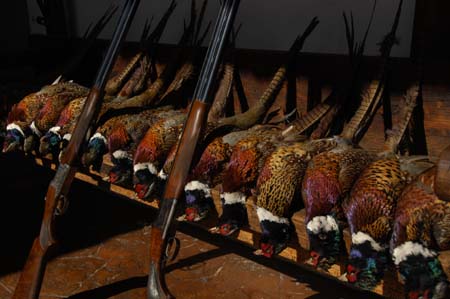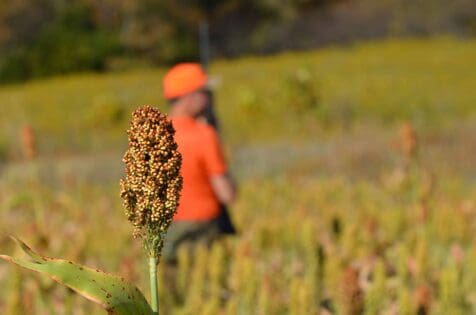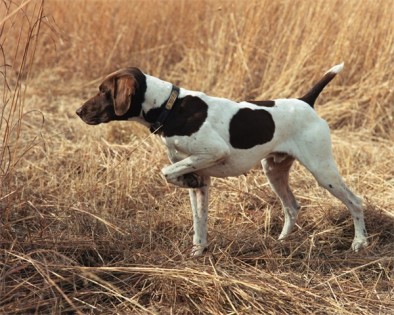Pick Your Wing-Shooting Shots Carefully
 A big part of shooting well is picking your shots, which is to say, taking only the good shots and passing up the bad shots. What constitutes a good shot and what constitutes a bad shot? At the risk of being somewhat arbitrary, I will say that a good shot is a bird within 30 yards, preferably closer; a bird to our strong side, which for right-handers is to the left; a bird coming on rather than going away (remember, once a bird gets behind you and is going away it is ten times harder to hit than one coming towards you); and a bird that is high enough to be skylit rather than a bird that is flying low against a background of vegetation, where it can be damnably difficult to see. Another good shot—for the majority of us who are right-handers—is a hard right-to-left crossing bird. Bad shots include birds that are just too far away, birds to our weak (or right) side for us right-handers, and birds that we cannot see clearly because of thick vegetation or very weak early-morning light, as in duck hunting.
A big part of shooting well is picking your shots, which is to say, taking only the good shots and passing up the bad shots. What constitutes a good shot and what constitutes a bad shot? At the risk of being somewhat arbitrary, I will say that a good shot is a bird within 30 yards, preferably closer; a bird to our strong side, which for right-handers is to the left; a bird coming on rather than going away (remember, once a bird gets behind you and is going away it is ten times harder to hit than one coming towards you); and a bird that is high enough to be skylit rather than a bird that is flying low against a background of vegetation, where it can be damnably difficult to see. Another good shot—for the majority of us who are right-handers—is a hard right-to-left crossing bird. Bad shots include birds that are just too far away, birds to our weak (or right) side for us right-handers, and birds that we cannot see clearly because of thick vegetation or very weak early-morning light, as in duck hunting.
Another bad shot—for most of us, meaning right-handers—-is a hard left-to-right crossing bird. On such a bird we have a tendency to push the gun away from our face, which is fatal. Another category of bad shots is birds that are simply beyond our ability 
Unfortunately, for most of us upland bird hunting is just a long hike with a shotgun, punctuated by the occasional shot. Since we get so few shots in the course of a day afield, we tend to take all shots offered, good and bad, and therefore we shoot poorly. Fortunately, at a place like Harpole’s Heartland Lodge, where the hunter will have many shooting opportunities during the course of a day, both good and bad, he can afford to pass up all the bad shots because he is getting so many good shots. In that way his shooting will quickly improve.
Stuart Williams
International Writer and Wing-Shooter
Last Updated: September 27th, 2022




